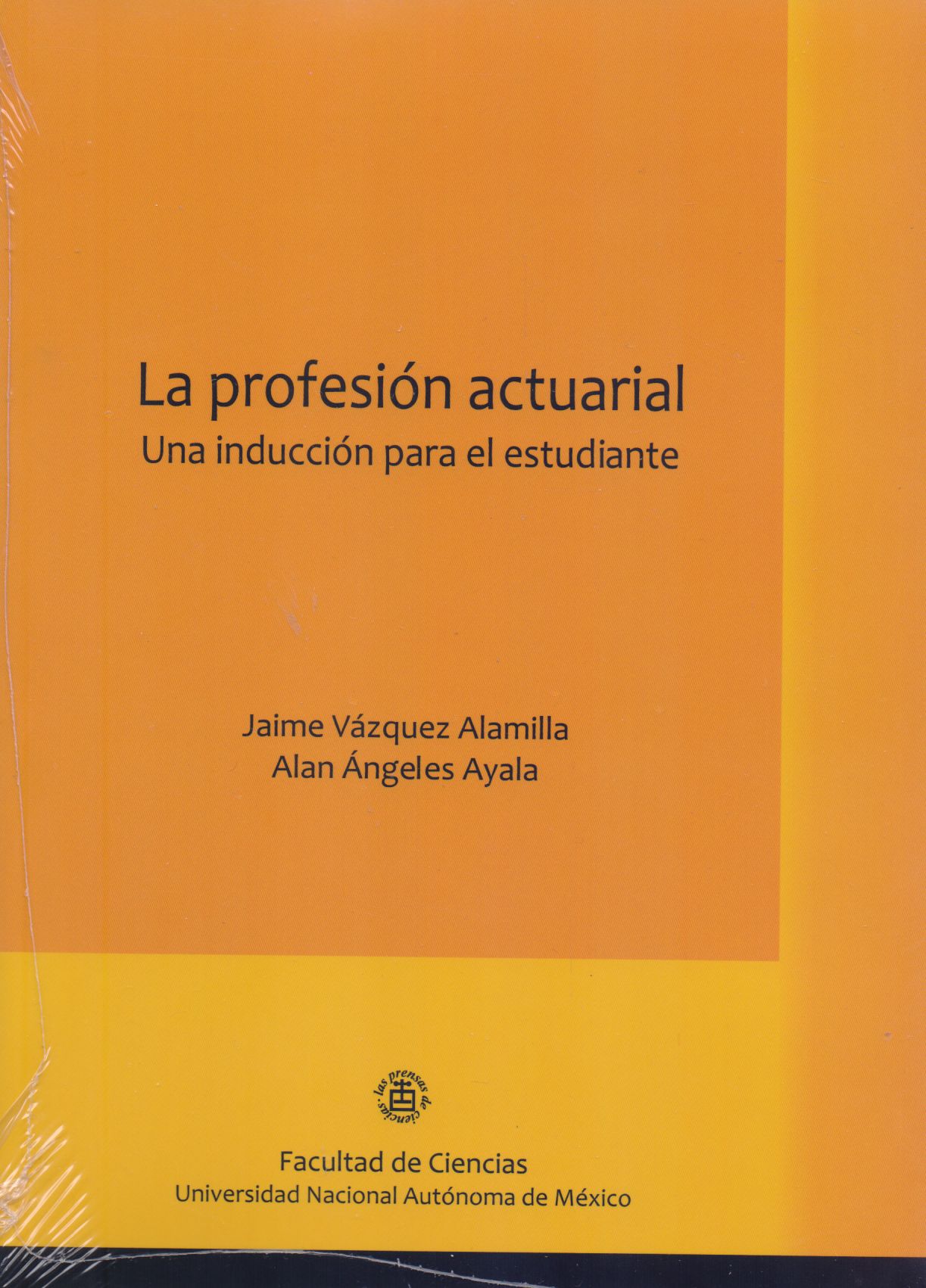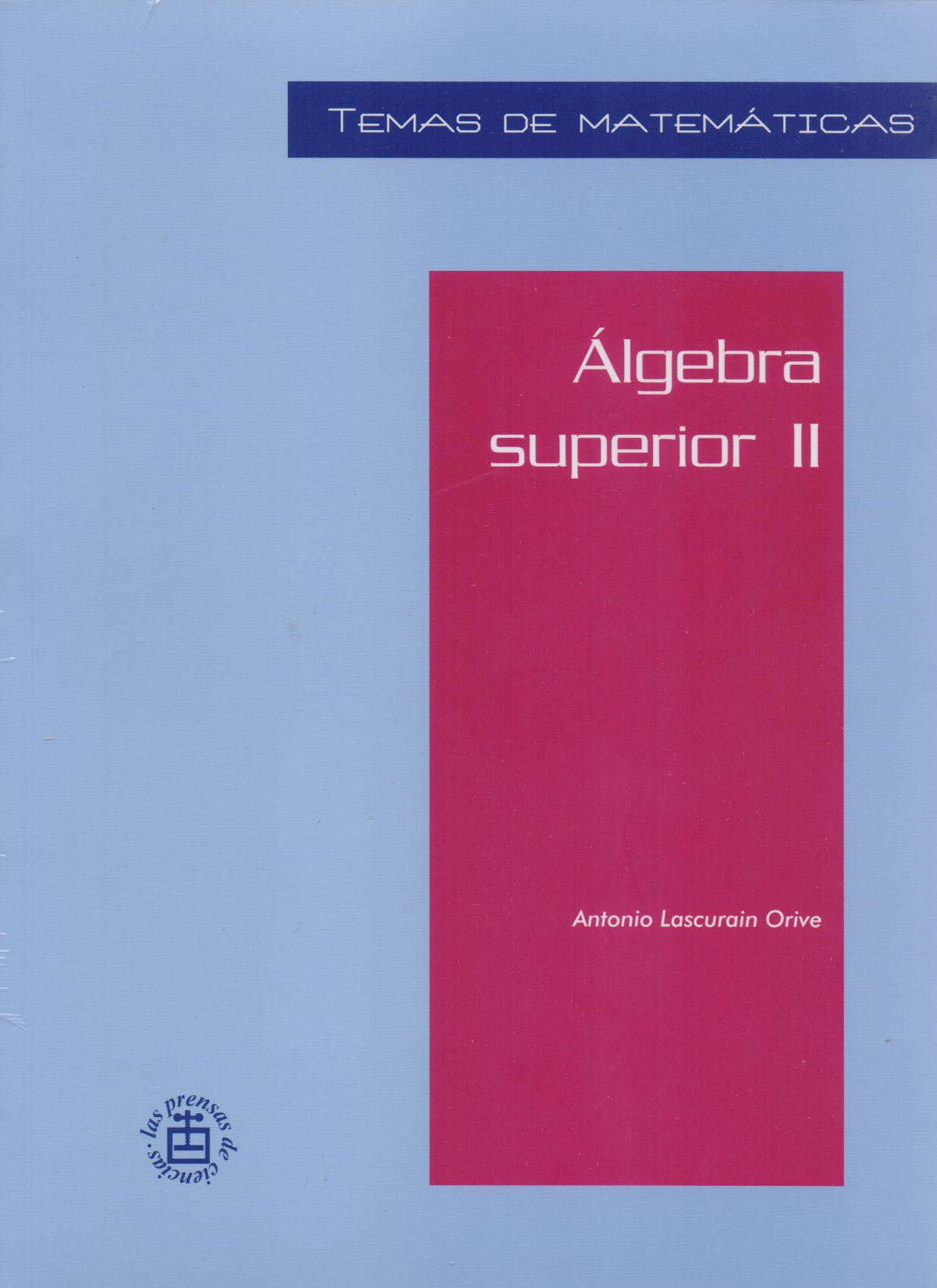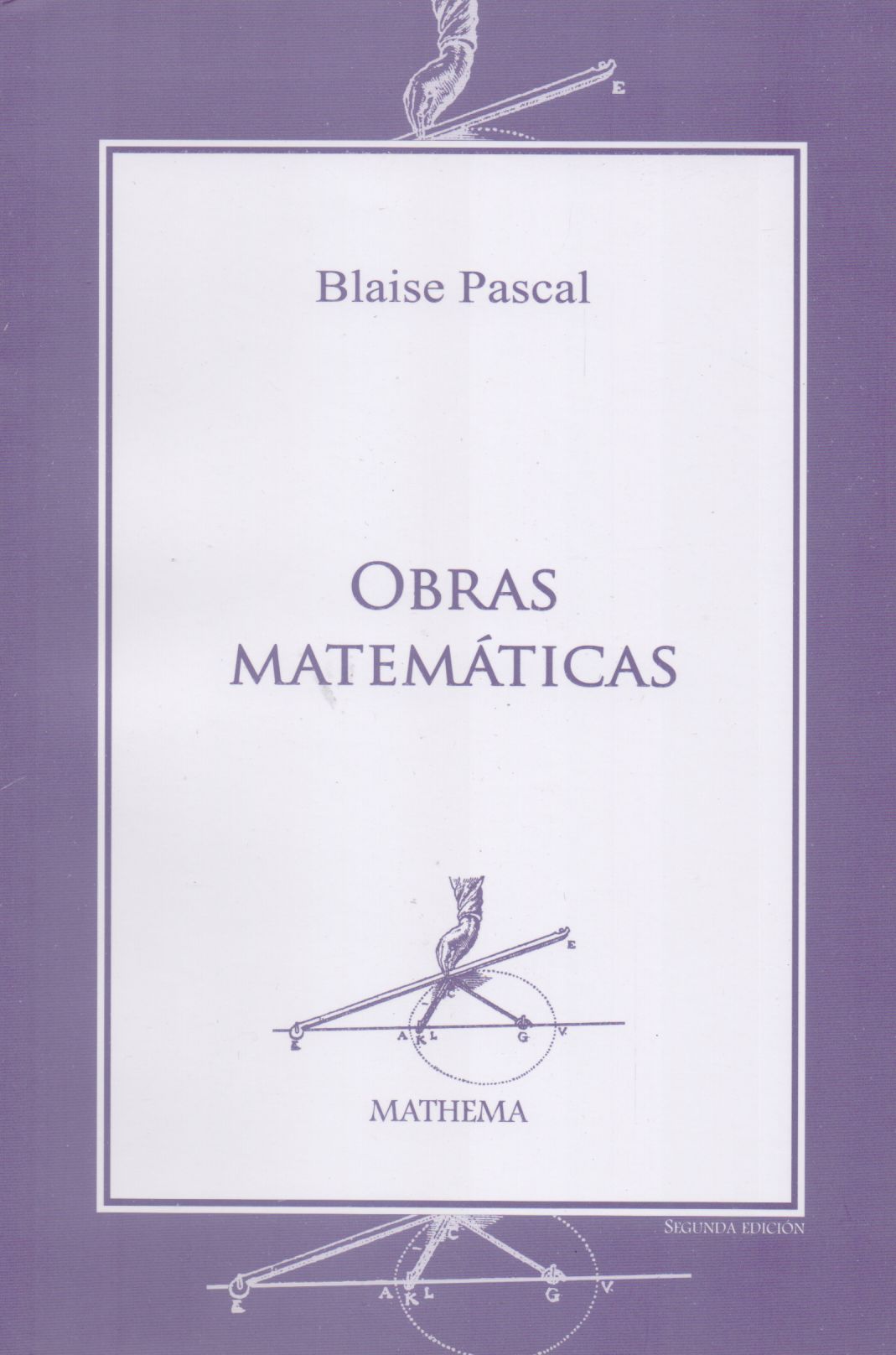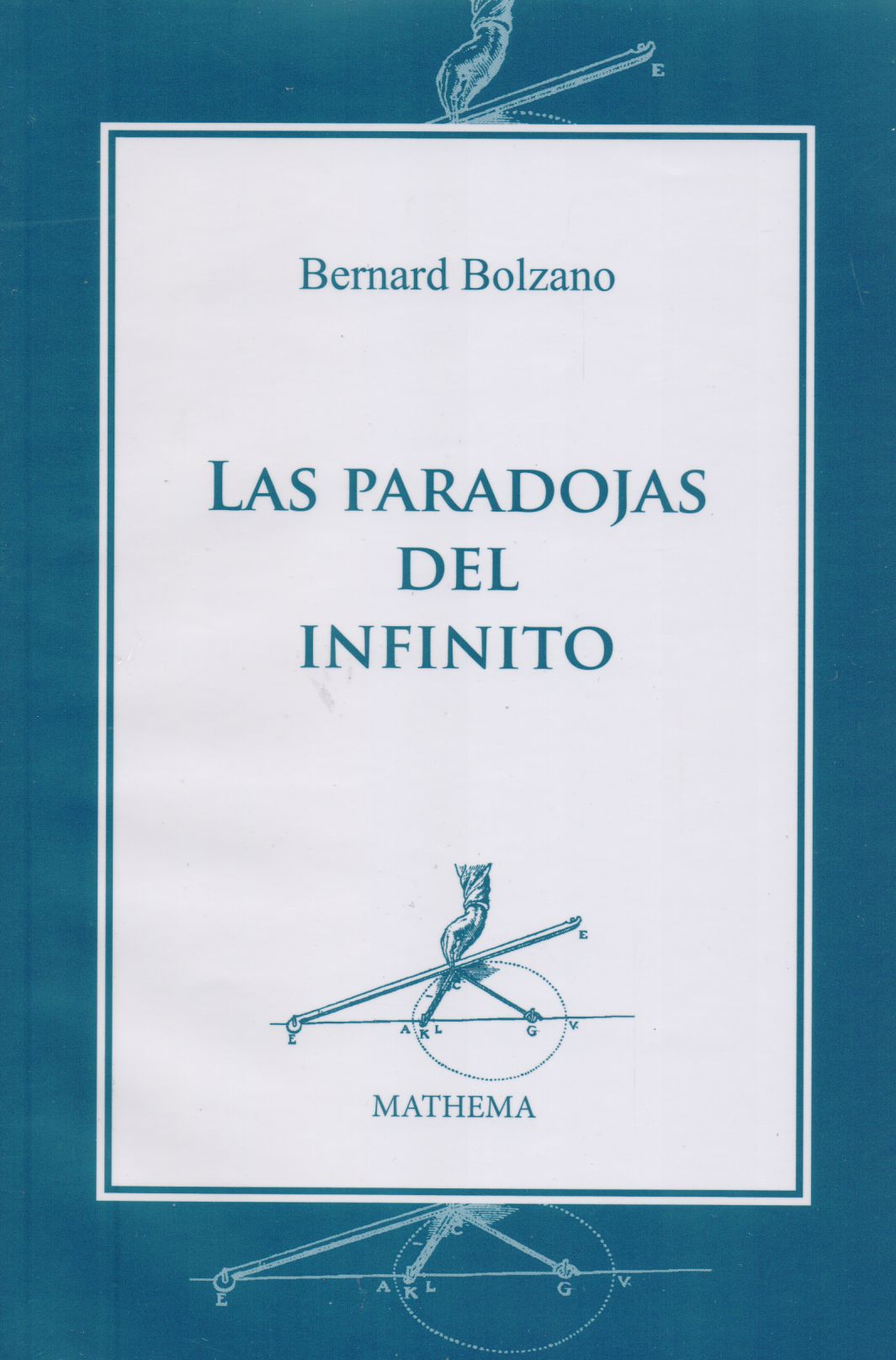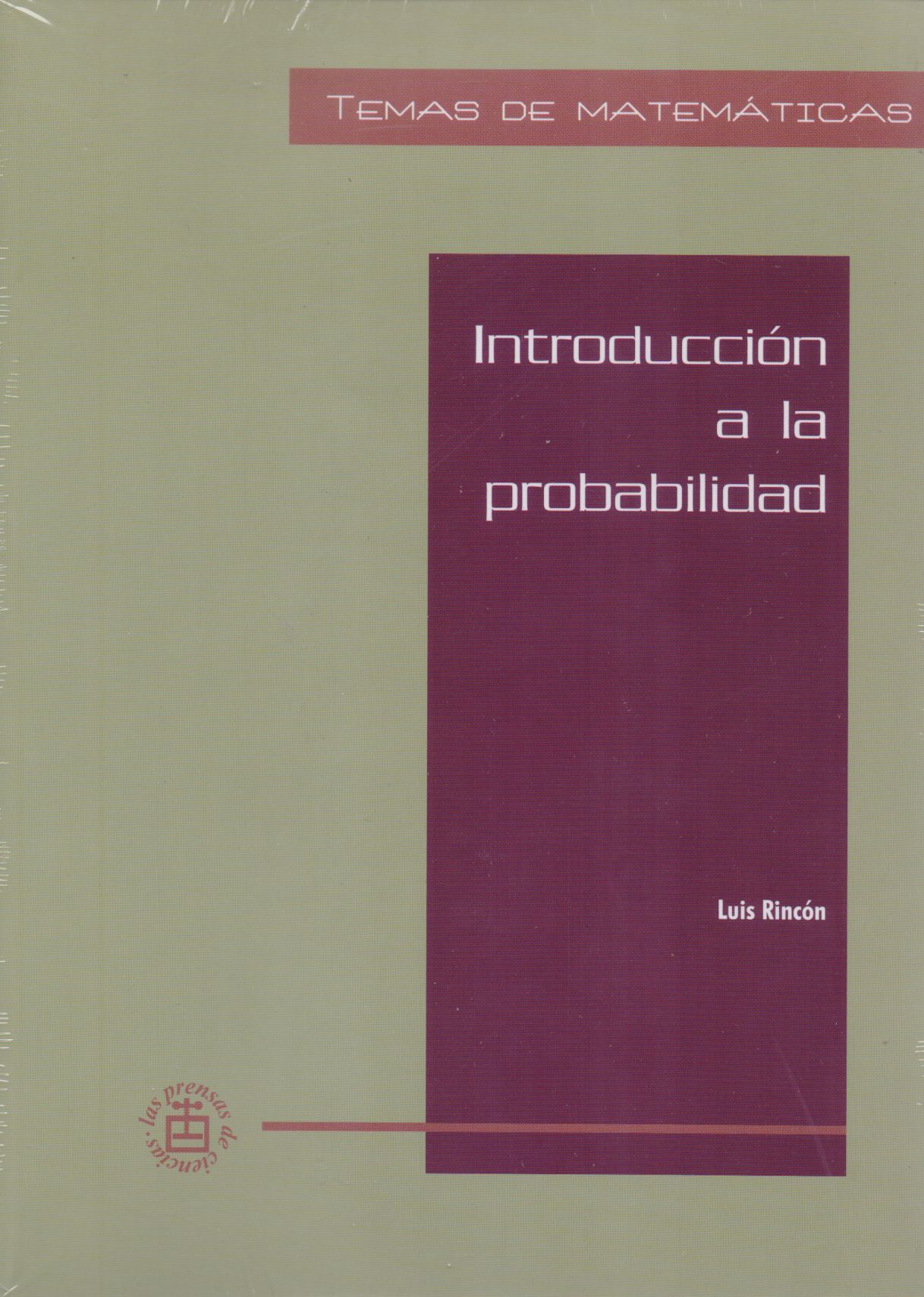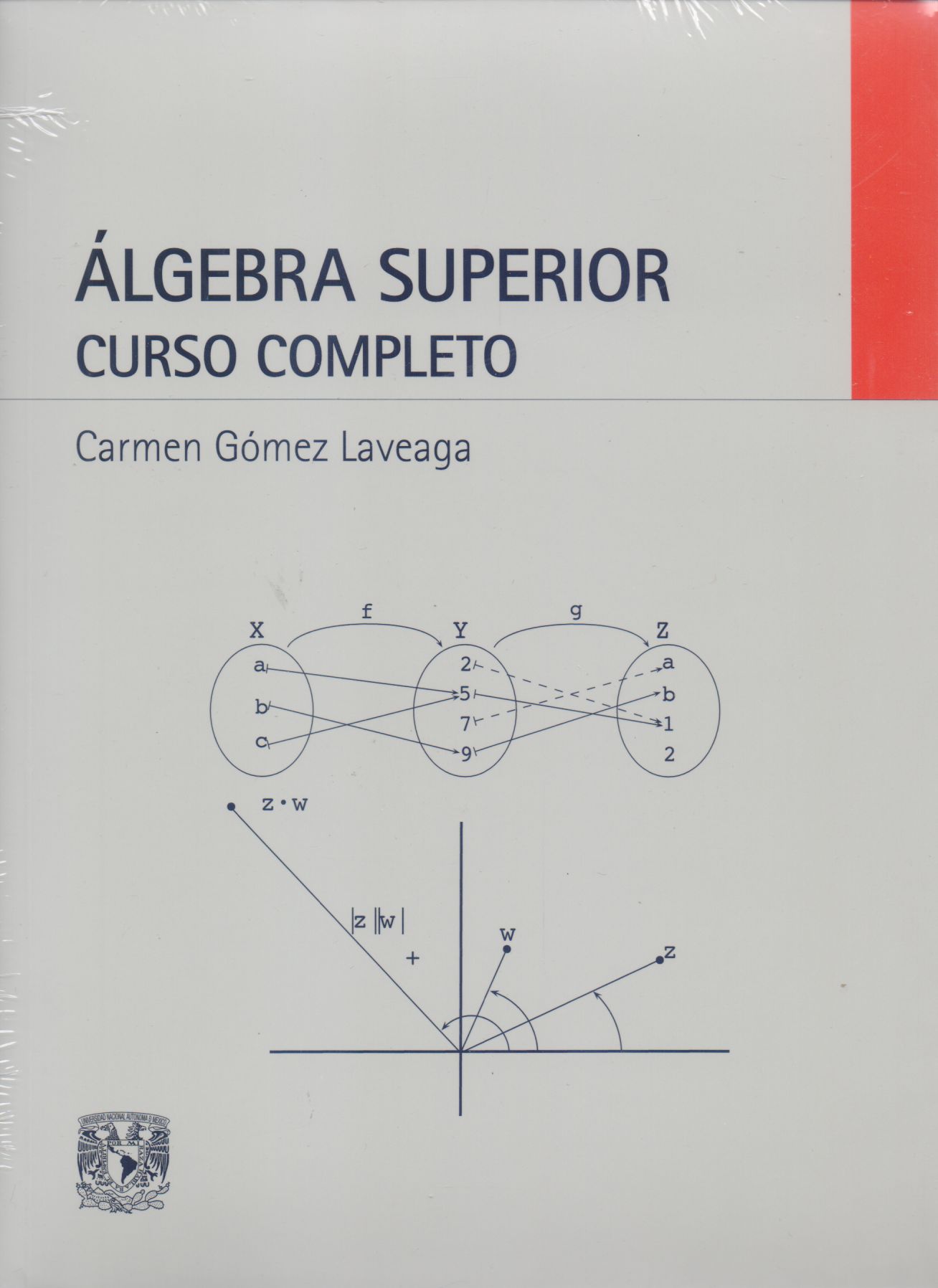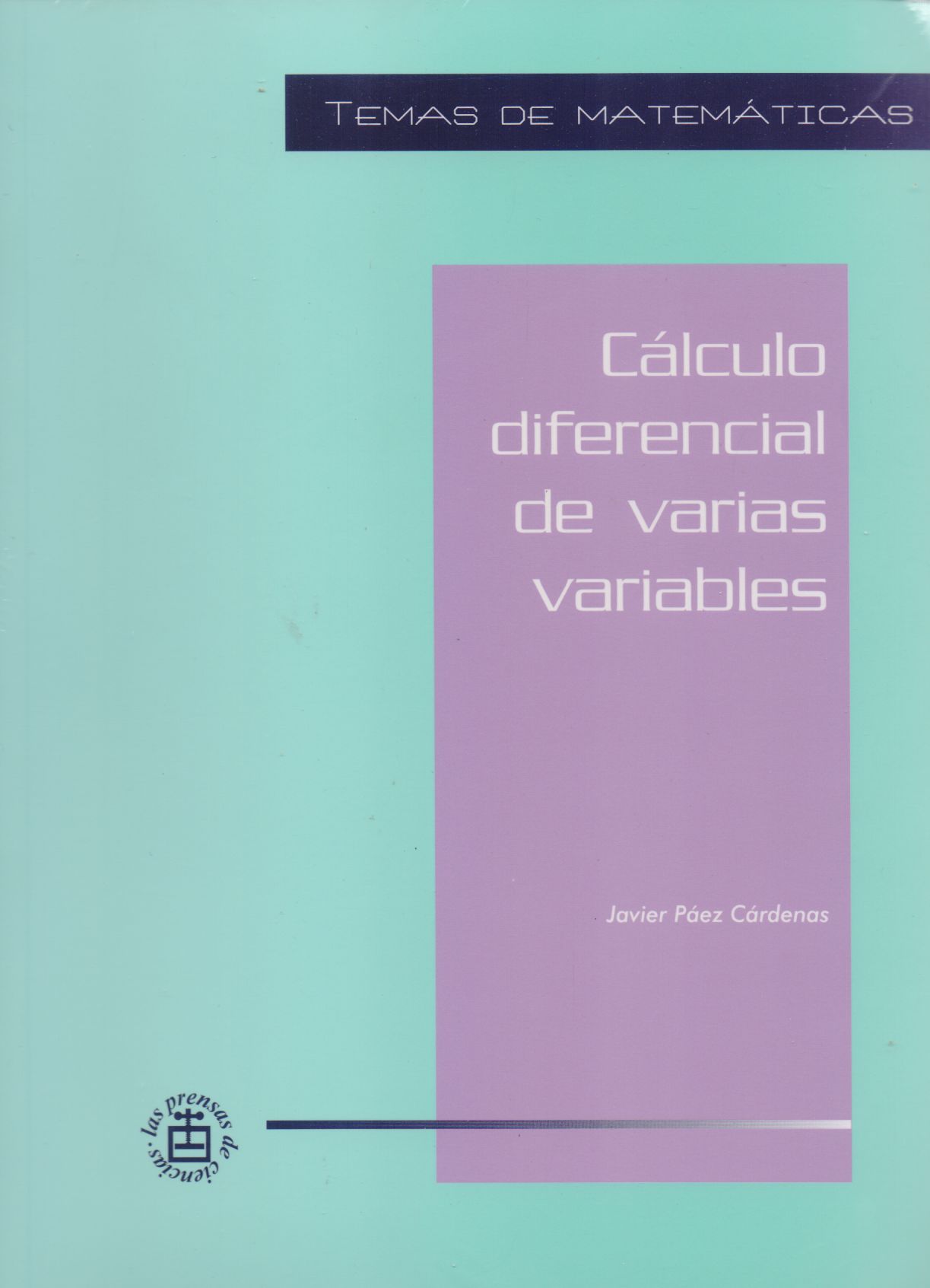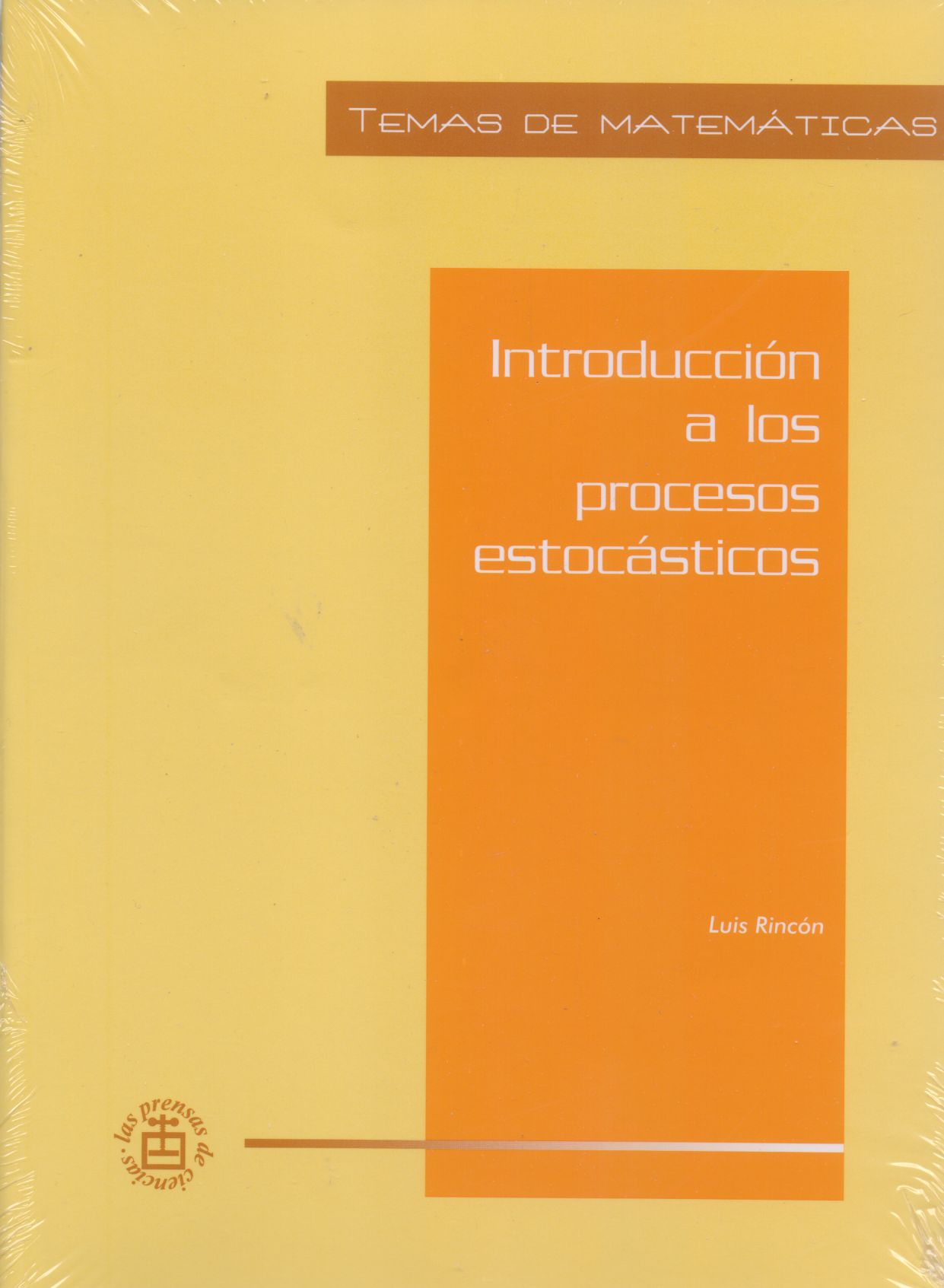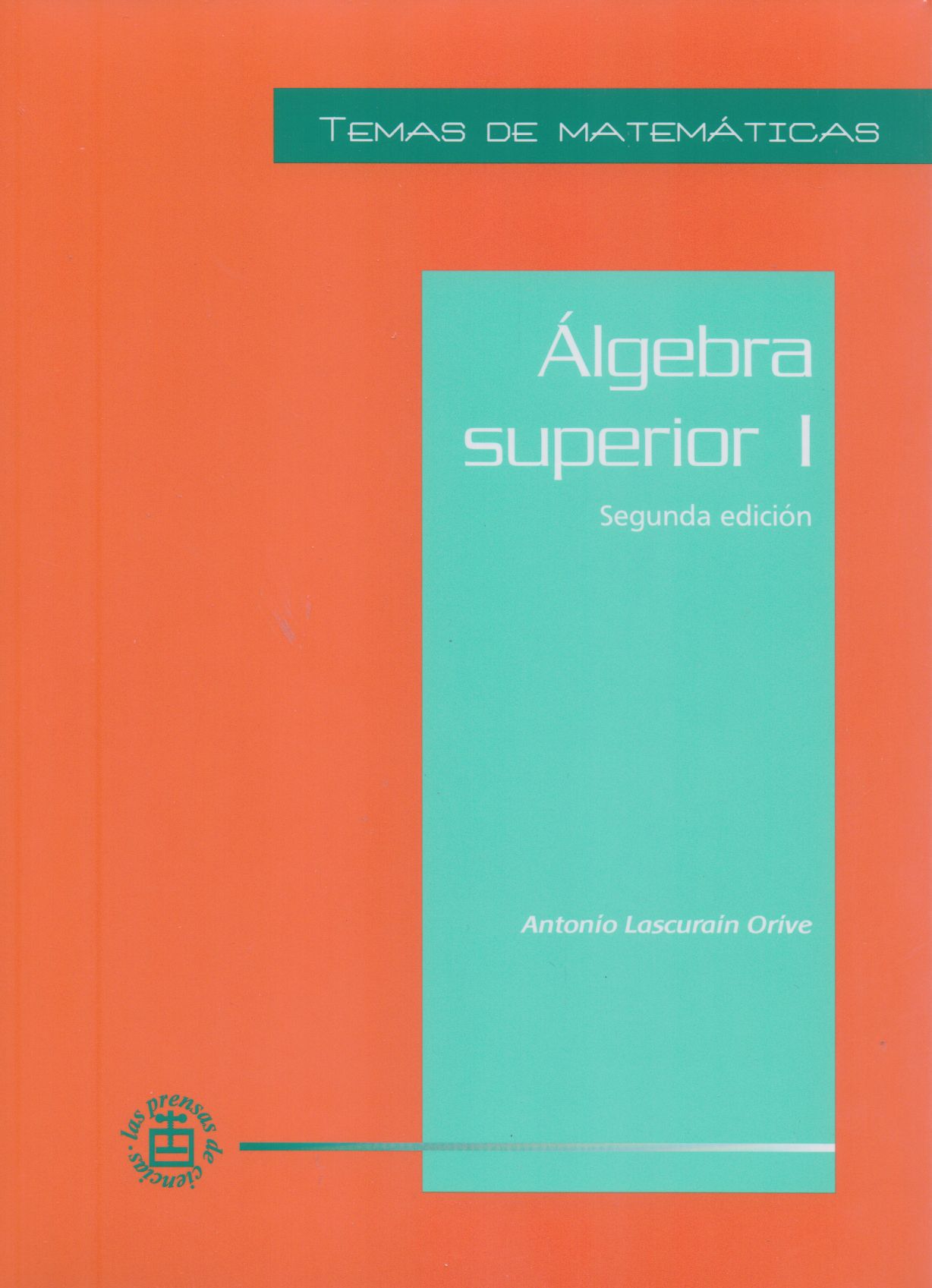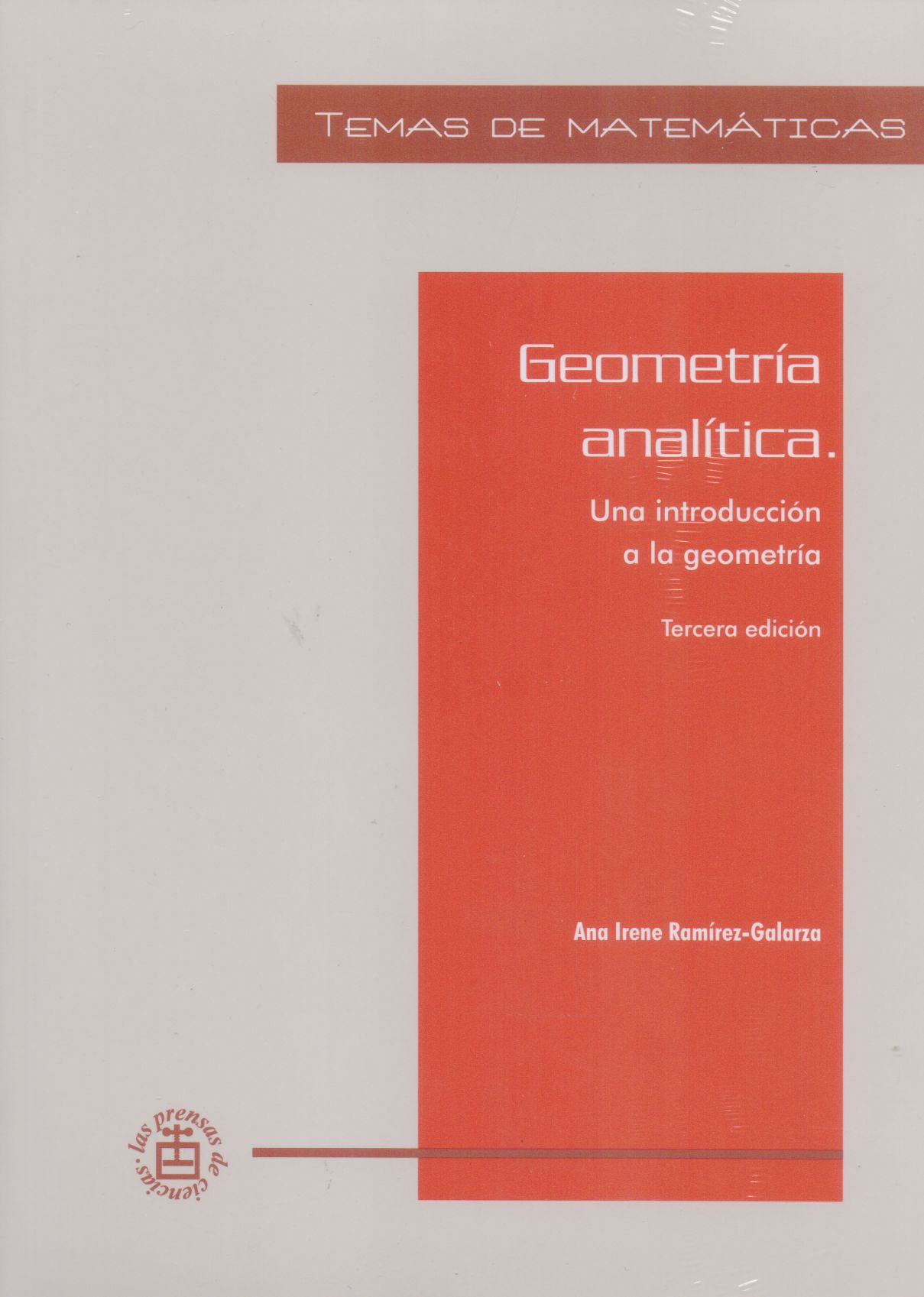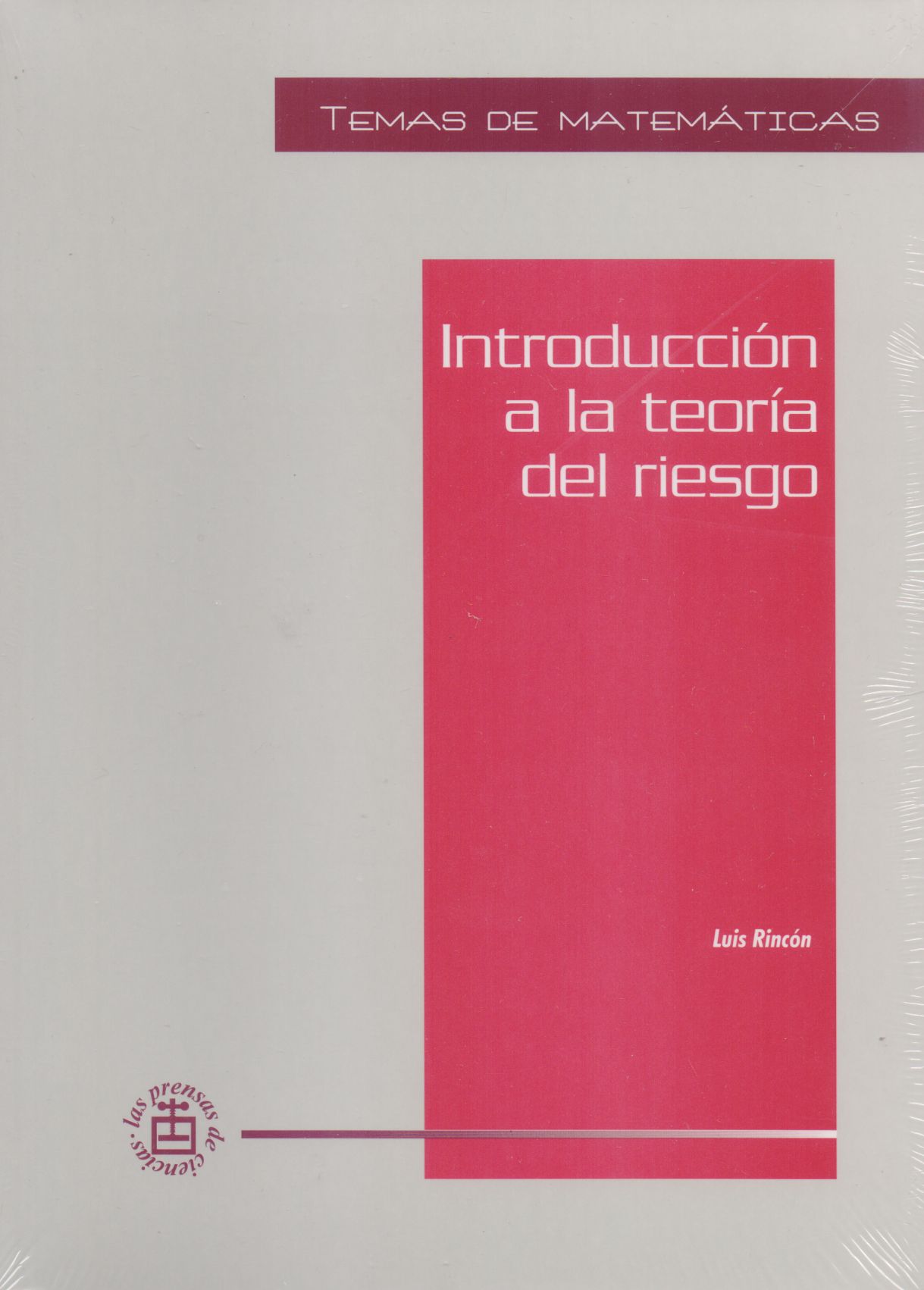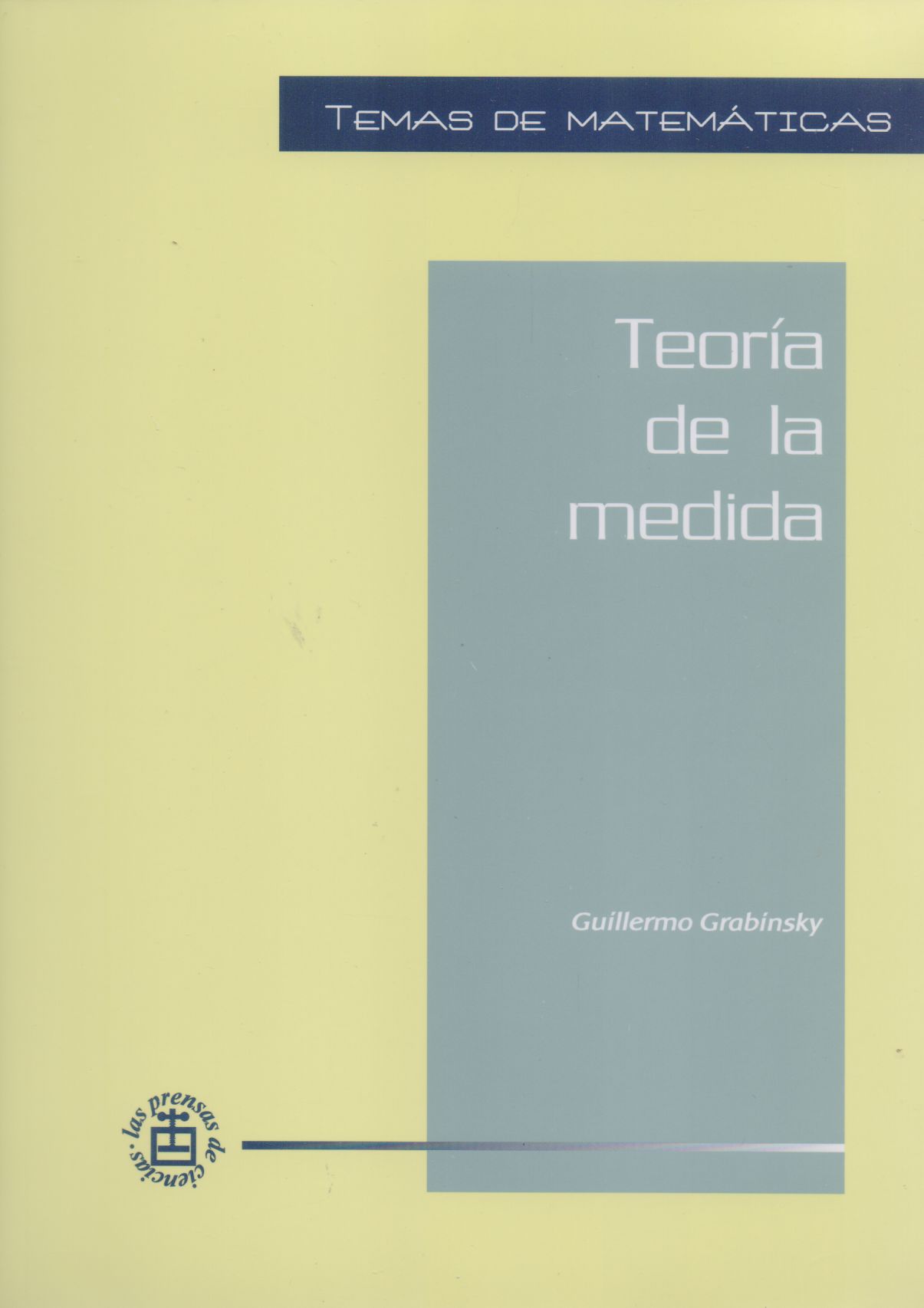Libros relacionados


|
Título: A First Course In Differential Geometry | |
| Autor: C. C. Hsiung | Precio: $667.39 | |
| Editorial: International Press | Año: 1997 | |
| Tema: Matematicas, Geometria | Edición: 1ª | |
| Sinopsis | ISBN: 1571460462 | |
| The origins of differential geometry go back to the early days of the differential calculus, when one of the fundamental problems was the determination of the tangent to a curve. With the development of the calculus, additional geometric applications were obtained. The principal contributors in this early period were Leonhard Euler (1707- 1783), GaspardMonge(1746-1818), Joseph Louis Lagrange (1736-1813), and AugustinCauchy (1789-1857). A decisive step forward was taken by Karl FriedrichGauss (1777-1855) with his development of the intrinsic geometryon a surface. This idea of Gauss was generalized to n( > 3)-dimensional spaceby Bernhard Riemann (1826- 1866), thus giving rise to the geometry that bears his name. This book is designed to introduce differential geometry to beginning graduate students as well as advanced undergraduate students (this introduction in the latter case is important for remedying the weakness of geometry in the usual undergraduate curriculum). In the last couple of decades differential geometry, along with other branches of mathematics, has been highly developed. In this book we will study only the traditional topics, namely, curves and surfaces in a three-dimensional Euclidean space E3. Unlike most classical books on the subject, however, more attention is paid here to the relationships between local and global properties, as opposed to local properties only. Although we restrict our attention to curves and surfaces in E3, most global theorems for curves and surfaces in this book can be extended to either higher dimensional spaces or more general curves and surfaces or both. Moreover, geometric interpretations are given along with analytic expressions. This will enable students to make use of geometric intuition, which is a precious tool for studying geometry and related problems; such a tool is seldom encountered in other branches of mathematics | ||
Librería Bonilla SA de CV © Todos los derechos reservados. 2019
Última actualización: Jul 2019



